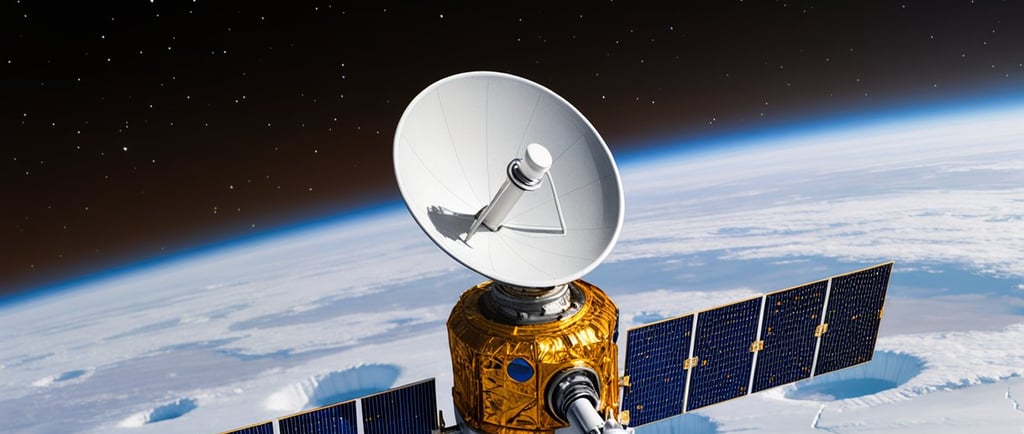The Europa Clipper Mission and Micro-Swimmers


Introduction to the Europa Clipper Mission
The Europa Clipper mission, set for launch in 2030, is poised to conduct 49 flybys of Europa, one of Jupiter's intriguing moons. This groundbreaking mission aims to analyze the moon's habitability by investigating its icy crust and the subsurface ocean believed to exist beneath it. The promise of finding signs of life beneath the thick layers of ice makes this mission a significant stepping stone in astrobiology.
Deployment of Micro-Swimmers
A remarkable aspect of the Europa Clipper mission is the innovative deployment of micro-swimmers—tiny, autonomous underwater robots designed for conducting scientific exploration beneath Europa's icy surface. In a delicate ballet of technology and exploration, these micro-swimmers will be transported by a larger probe known as a cryobot. The cryobot plays a crucial role by melting through the ice, allowing the micro-swimmers to disperse into the ocean and collect vital data.
Gathering Data for Scientific Insight
Once deployed, these micro-swimmers will undertake the daunting task of gathering data on crucial environmental parameters, including temperature, salinity, and various chemical indicators that may serve as evidence for habitable conditions. The collaboration of these small but efficient robots will enhance our understanding of Europa's oceanic composition and its potential to support life. The advanced technology behind the swim project can also be adapted for missions to other celestial bodies, such as Enceladus, another moon known for its subsurface ocean.
The Importance of Future Missions
The findings from the Europa Clipper mission could lay the groundwork for future missions aimed at deeper exploration of not only Europa but also other ocean worlds in our solar system. By employing micro-swimmers, scientists can analyze data in real-time, refine their hypotheses, and gain unprecedented insights into the habitability of these intriguing moons. As we look ahead, the integration of such micro technologies promises to revolutionize our approach to exploration, making the quest for extraterrestrial life more tangible than ever.
Conclusion
The Europa Clipper mission and the innovative swim project exemplify humanity's unceasing curiosity and ambition to explore the unknown. As we prepare for the launch in 2030, the scientific community is eager to unravel the mysteries that lie beneath the icy crusts of Europa and uncover whether life exists on other celestial bodies. The mission represents not just a technological leap but also a hopeful endeavor in understanding our place in the universe.
